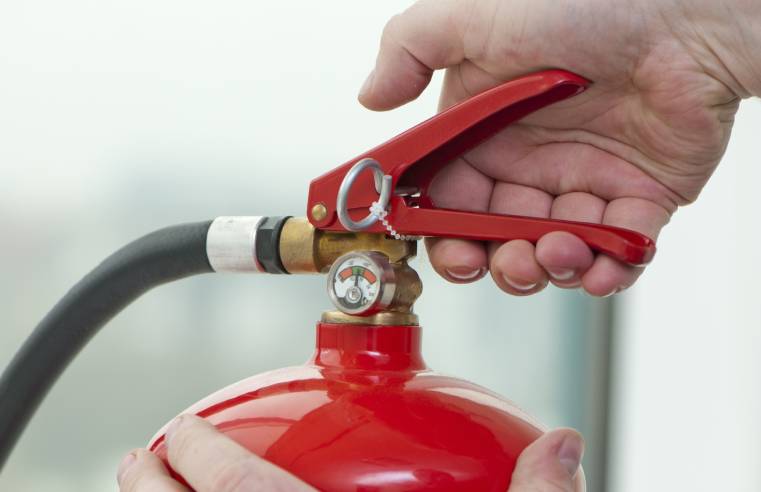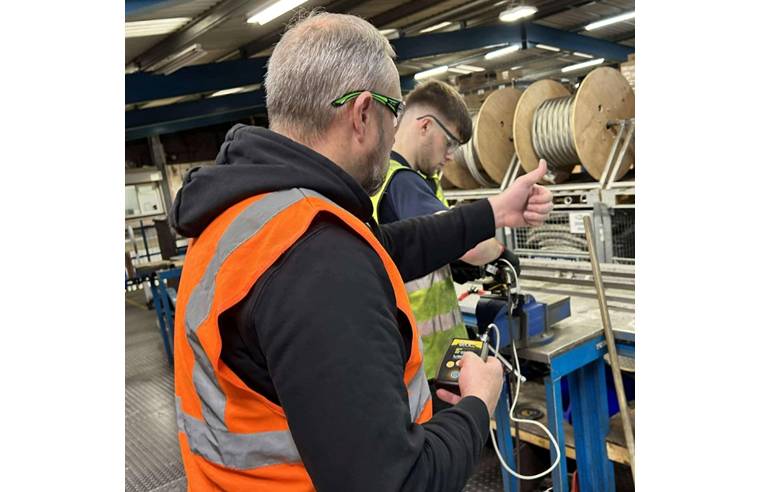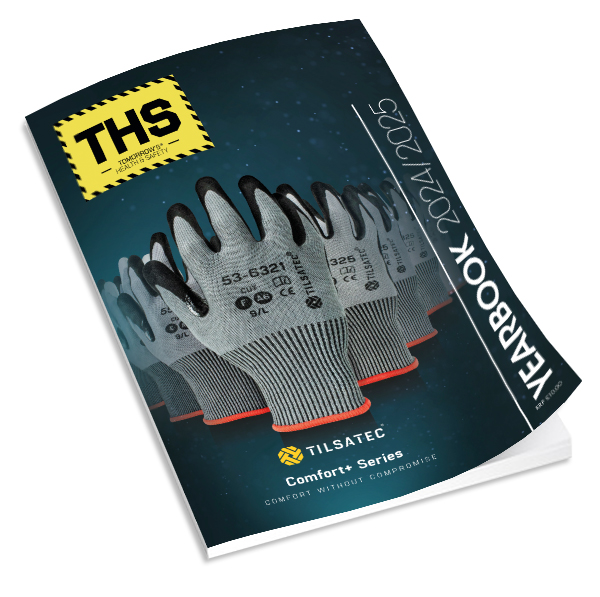After 15 years of work, the National Museum of Serbia completed an extensive €12 million refurbishment, finally opening its doors to the public last year. The historic building is iconic in the city and contains over 400,000 precious objects, including many foreign masterpieces. Referred to as Belgrade’s cultural heart, the museum is now protected by state-of-the-art analogue Multi Sensors produced by leading life safety manufacturer, Hochiki Europe.
Decision makers at the museum needed a fire detection system that would reliably safeguard its comprehensive and transformative reconstruction. Set over six floors and housing 600 employees as well as members of the public, it was essential the chosen products could be easily used and managed throughout the large, complex premises, providing an ultra-dependable and sophisticated life safety detection network. Due to Hochiki Europe’s reputation for quality and its device’s dual modes of operation, being able to detect heat and smoke simultaneously, the ACC-EN(SCI) offered the protection needed to safeguard the various priceless artifacts stored throughout the museum.
Protecting the past
The ACC-EN(SCI) is Hochiki Europe’s current multi-sensor that features three modes of operation incorporating the detection of fire through either its optical elements, its thermal element or both elements simultaneously, helping reduce the risk of false alarms. It is also one of three new generation of sensors incorporating an integral short-circuit isolator, specifically developed for the European market and its requirements. Negating the need for special isolator mounting bases, the devices, designed with flexibility in mind, are operated through a compatible ALPHA 2100 control panel from Quadel Doo.
Following the installation, Quadel Doo’s technical director, Dejan Ciric, said: “When it came to finding an ultra-reliable detection product that could cope with the scale of the museum and the need for a reduction in false alarms, we knew that a multi-sensor would provide the ideal solution. The ACC-EN(SCI) was the most reliable product on the market that we came across. Accessible through a control panel, the device’s ability to provide continual levels of protection and control no matter the user’s location proved to be of great benefit for the maintenance team at the museum. We were also able to couple this with our ALPHA2100 control panel which improved the system’s functionality, and allowed us to continually monitor and record the environment’s temperature.”
Overcoming life-safety battles
While safety was the key priority for this installation, it was also important that the chosen product fitted in within the historical character of the building. Offering a fully customisable product, Hochiki Europe was able to provide a device that complimented the aesthetics of the building, despite the contemporary character of the equipment.
More importantly, with the preservation of invaluable artifacts at stake, it meant that a zero-tolerance approach to device failure was required. Functioning with multiple modes of operation, the all-encompassing protection of Hochiki Europe’s multi-sensors leaves little room for device failure.
Such claims are backed up by the Building Research Establishment (BRE) and Fire Industry Association (FIA) in their study “The performance of multi-sensors in fire and false alarm tests”. In the study they were able to prove that advanced multi-sensors, such as Hochiki Europe’s ACC-EN(SCI), can outperform more basic models in resisting false alarms.
Zoran Jovanović, main architect at the National Museum of Serbia, commented: “Understanding the reliability, durability and capability of Hochiki’s products, we’re happy knowing that our customer’s artefacts are protected for the foreseeable future. A device that can offer multiple levels of protection with resistance to device failure was everything we were looking for, and Hochiki Europe delivered against this requirement.”
Since the installation in Belgrade, Hochiki Europe has launched its most sophisticated multi-sensor to date, the ACD-EN device. The brand-new addressable loop-powered multi-sensor incorporates smoke, heat and CO sensing elements. This device is unrivalled by its competitors, with 24 EN-approved modes of operation, a 10-year CO cell life, and the ability to warn of the threat of potential COHb toxicity.






















